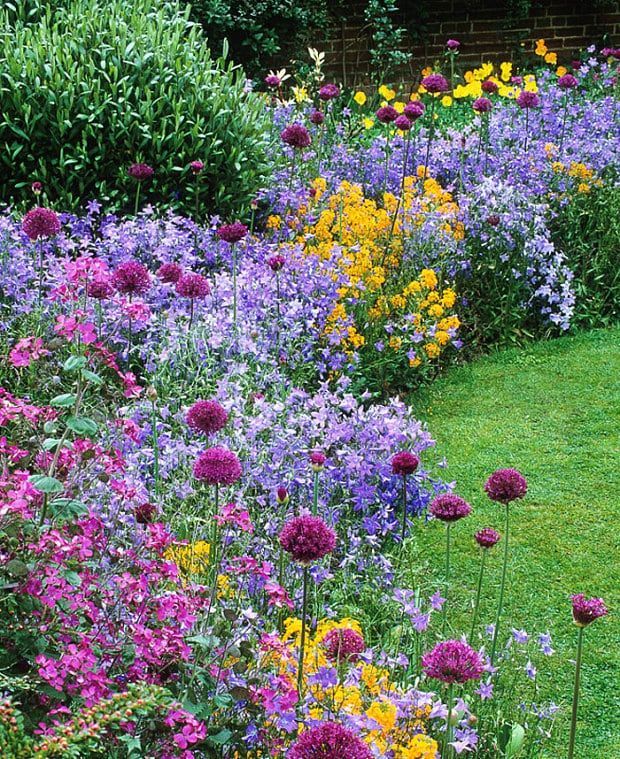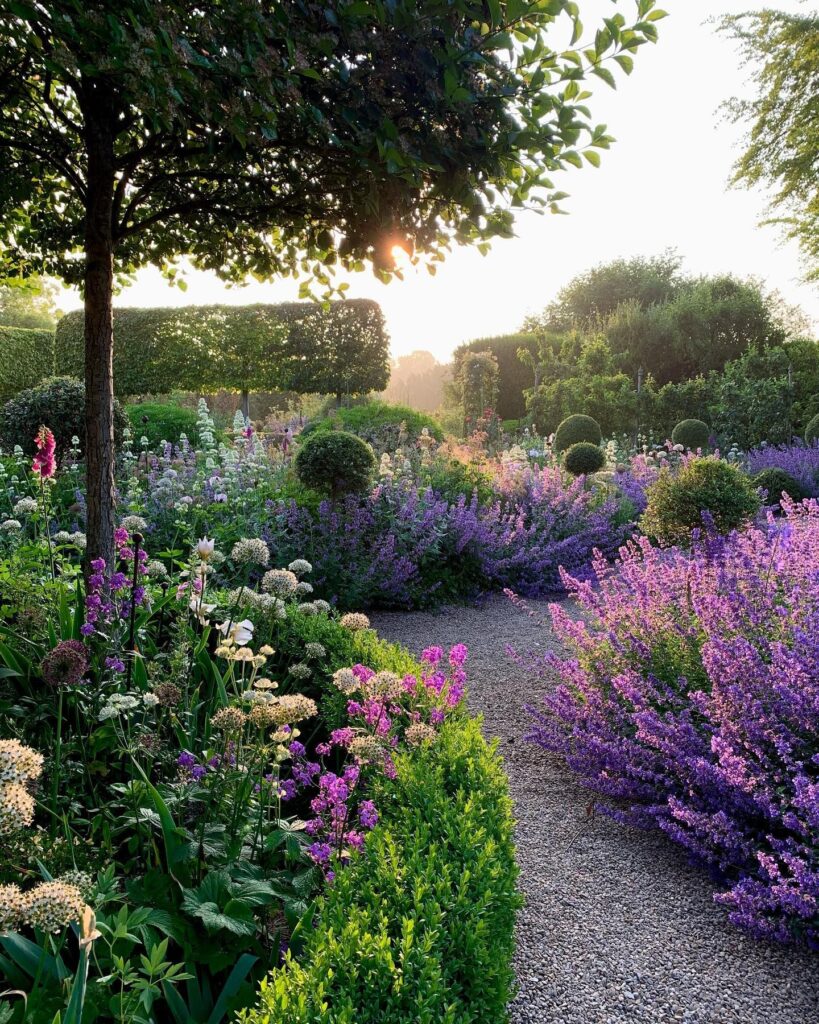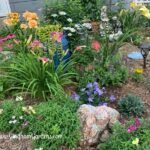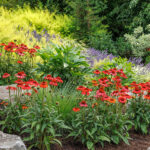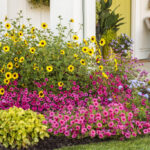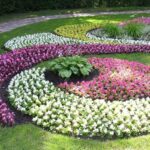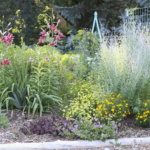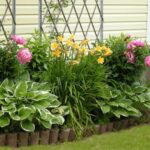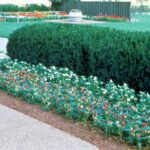When it comes to creating a beautiful and inviting outdoor space, a well-designed flower garden can make all the difference. Flower gardens can add color, fragrance, and visual interest to your yard, creating a peaceful and tranquil environment for you to enjoy. To create a stunning flower garden, careful planning and design are essential.
One key aspect of flower garden design is choosing the right plants for your space. Consider factors such as sunlight exposure, soil type, and climate when selecting flowers for your garden. Choose a mix of annuals and perennials to ensure year-round color and interest in your garden. Be sure to also take into account the mature size and growth habit of the plants you choose to avoid overcrowding and allow for proper growth.
In addition to choosing the right plants, consider the layout and design of your flower garden. Create a focal point, such as a statue, birdbath, or decorative pot, to anchor the space and draw the eye. Use pathways, borders, and edging to define different areas within the garden and create a sense of organization and flow. Group similar plants together to create a cohesive look and make maintenance easier.
When designing your flower garden, consider incorporating elements such as water features, seating areas, and lighting to enhance the space and create a welcoming atmosphere. Water features, such as fountains or ponds, can add a sense of tranquility and provide a focal point for the garden. Seating areas, such as benches or chairs, create a place to relax and enjoy the beauty of the garden. Lighting can extend the enjoyment of your garden into the evening hours and create a magical ambiance.
To add visual interest and create a sense of depth in your flower garden, consider using a mix of colors, textures, and heights in your plantings. Group plants with similar colors together for a cohesive look, or create bold contrast by pairing complementary colors. Mix plants with different textures, such as soft grasses and spiky flowers, to add variety and interest to your garden. Finally, vary the heights of your plants to create a sense of depth and dimension in your garden.
Ultimately, the key to a successful flower garden design is to create a space that reflects your personal style and complements the existing architecture of your home. Whether you prefer a formal, structured garden with neatly clipped hedges and manicured beds, or a more relaxed, cottage-style garden with overflowing borders and wildflowers, the possibilities are endless. With careful planning, thoughtful design, and a bit of creativity, you can create a flower garden that will be a beautiful and inviting oasis for years to come.
